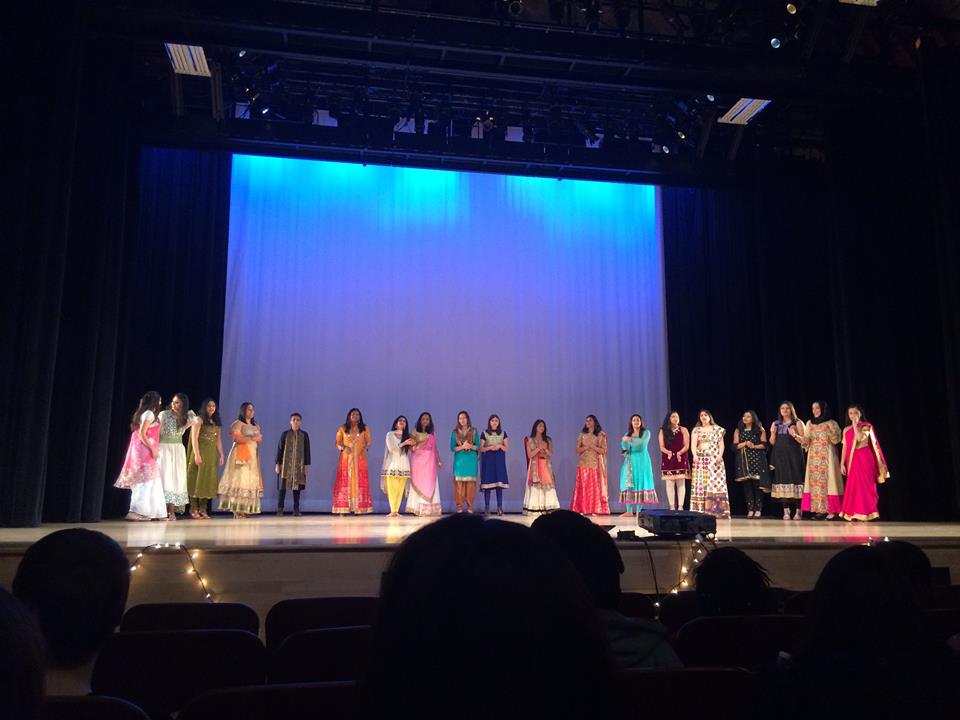Also on Saturday night was the South Asian Students Culture Show. This year, the theme of the South Asian Students Annual Culture Show was “Dekh Magar Pyar Se” which loosely translates to “Look, but with love.” Students portrayed this through various forms of dances, songs and spoken word poetry.
The Goodhart stage lit up with Bollywood music, festive traditional dress, and the many smiles of Bryn Mawr South Asian student performers as students and family and friends of performers cheered and watched. I love how culture shows celebrate cultures with appreciation, not appropriation. Performers engage in a cross-cultural exchange with the audience in a “show, don’t tell” style. I also think that it important to have a culture show on the Goodhart stage to show the community that South Asian students are a present and central group of students on campus.
Something special about the SAS culture show is their high participation of Bryn Mawr students. They are proud of their culture, and aren’t afraid to show it — some know all the lyrics to the songs they dance to and lip sync along. Many have spent months practicing for this culture show. In my experience with organizing the ASA culture show, we find that many Asians and Asian Americans at Bryn Mawr do not have a connection to traditional Asian performing arts. As a result, the emphasis of ASA culture shows is on outside performers celebrated for their contributions to the Asian/Asian American community. While these are just two ways of putting on a culture show, there are things to be learned from both sides. I personally wish I knew more about my heritage such as how to perform Chinese traditional dance or Filipino tinikling.
I really liked the idea of all first year and all senior performances. It seems like a great way to meet and bond with your classmates who also share part of your identity. In watching the stand up comedy and spoken word pieces, I realized that South Asian Americans and East Asian Americans (and I’m sure many other minority Americans) face similar identity struggles and societal pressures — including family relations, loss of culture and language, etc..
I can’t wait to see what next year’s SAS culture show brings!

